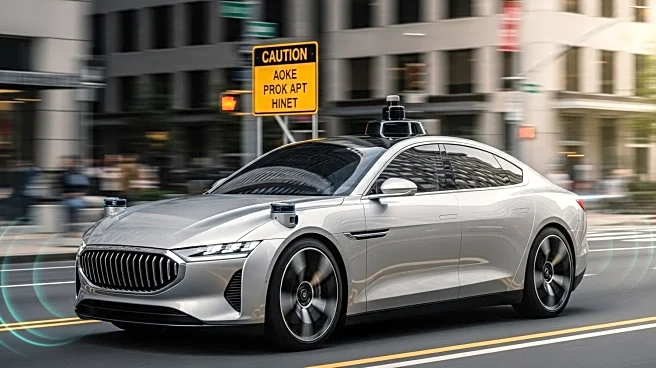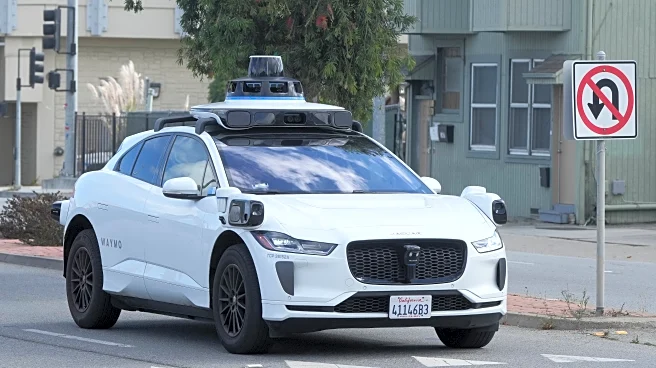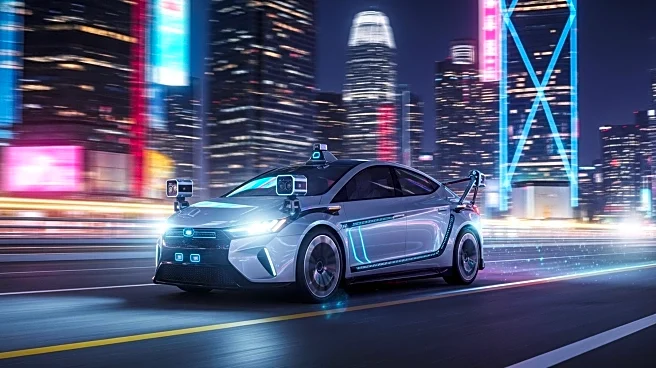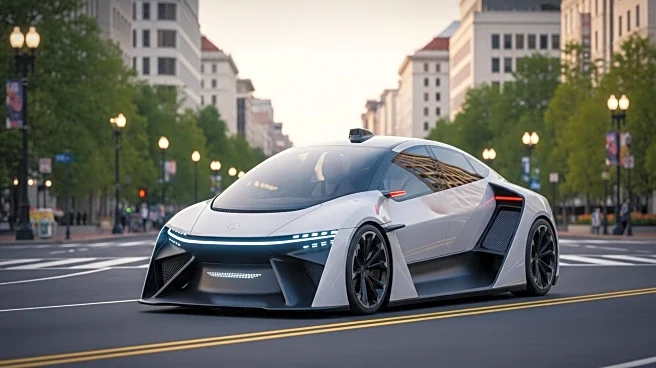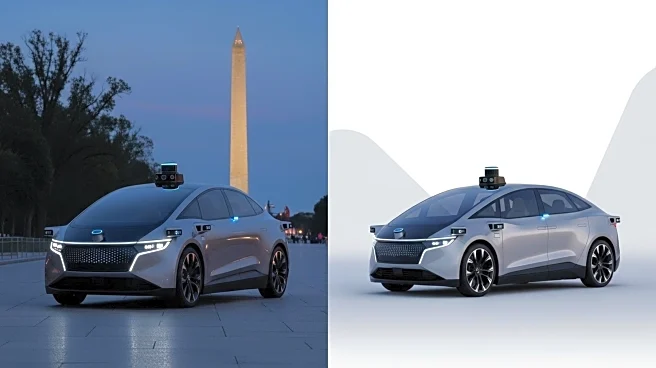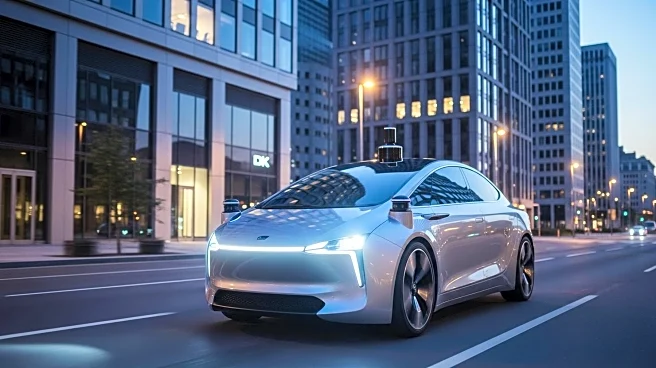What's Happening?
In San Bruno, a self-driving Waymo robotaxi was involved in a traffic violation, raising questions about accountability in autonomous vehicle operations. The incident involved the robotaxi making an illegal U-turn, highlighting ongoing challenges in the deployment of driverless cars. This event underscores the complexities of integrating autonomous vehicles into existing traffic systems, where human drivers are typically held accountable for such infractions. The situation has prompted discussions about how traffic laws apply to autonomous vehicles and who should be responsible for violations.
Why It's Important?
The incident is significant as it brings to light the regulatory and operational challenges faced by autonomous vehicle companies like Waymo. As these vehicles become more prevalent, ensuring they adhere to traffic laws is crucial for public safety and acceptance. The event may influence public perception and regulatory approaches to autonomous vehicles, potentially affecting the pace of their integration into everyday transportation. Stakeholders, including policymakers, technology developers, and the public, are keenly interested in how these issues are addressed to ensure safe and efficient use of autonomous technology.
What's Next?
The incident may lead to increased scrutiny and potential regulatory adjustments concerning autonomous vehicles. Authorities might consider implementing clearer guidelines and accountability measures for traffic violations involving driverless cars. Waymo and other companies in the sector may need to enhance their technology to better comply with traffic laws. Additionally, public discussions and policy debates are likely to continue, focusing on the balance between innovation and safety in the deployment of autonomous vehicles.
Beyond the Headlines
This development could have broader implications for the future of urban transportation and the legal frameworks governing autonomous technology. Ethical considerations regarding accountability and the decision-making processes of AI in real-world scenarios are likely to be explored further. Long-term, this could influence the design and programming of autonomous vehicles to prioritize safety and compliance with traffic regulations.

